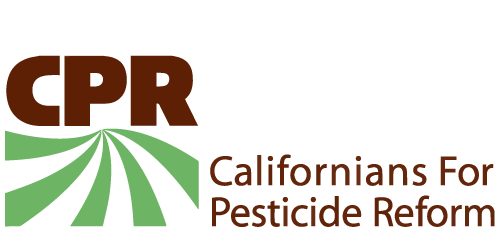Schools
Kids today are sicker than their parents, and pesticides are part of the reason why. A number of once-rare diseases are dramatically on the rise, including childhood cancer, autism and ADHD. California’s asthma rate is twice the national average – ten rural, agricultural counties have rates over 20%, up to as high as 1 in 3.
Pesticide exposure is definitively linked to a host of developmental, neurological and physical health harms that especially impact the growing brains and bodies of young children. The overwhelming scientific evidence is mounting, summarized in PAN’s report “Kids on the frontline: How pesticides are undermining the health of rural childrenâ€.
And yet, as the California Department of Public Health’s 2014 report “Agricultural pesticide use near public schools in California†reveals, 36% of California’s public schools have agricultural pesticides applied within a quarter mile – more than half a million pounds per year of pesticides of public health concern.
The five pesticides most heavily used near schools are carcinogenic, drift-prone fumigants, and the 8th most used pesticide is the brain-harming chlorpyrifos, associated with neurodevelopmental delays and diminished IQ.
A recent report by UCLA’s Sustainable Technology & Policy Program looked at three of the four fumigants most commonly used near schools in California and found that when any two are used together, they combine to increase cancer risk by more than just their sum. Although these fumigants are commonly used in combination, they are regulated individually, underestimating their actual impact.
And as the CDPH report shows, Latino kids are far more likely – 91% – to attend one of the most impacted schools. A report by the Center on Race, Poverty & the Environment reveals the refusal of the US EPA to deal with the civil rights implications of this disparate impact, in violation of the Civil Rights Act.
CPR is waging a campaign aimed at the California Department of Pesticide Regulation to protect the health and potential of California’s kids by:
- Creating one-mile pesticide-free buffer zones around schools
- Requiring a week’s notice to all residents, schools and businesses within a mile of a planned fumigation
- Enacting an outright ban on the worst pesticides – including the carcinogenic fumigants Telone and chloropicrin, and the neurotoxin chlorpyrifos
More info on schools and our efforts to protect them can be found here.
